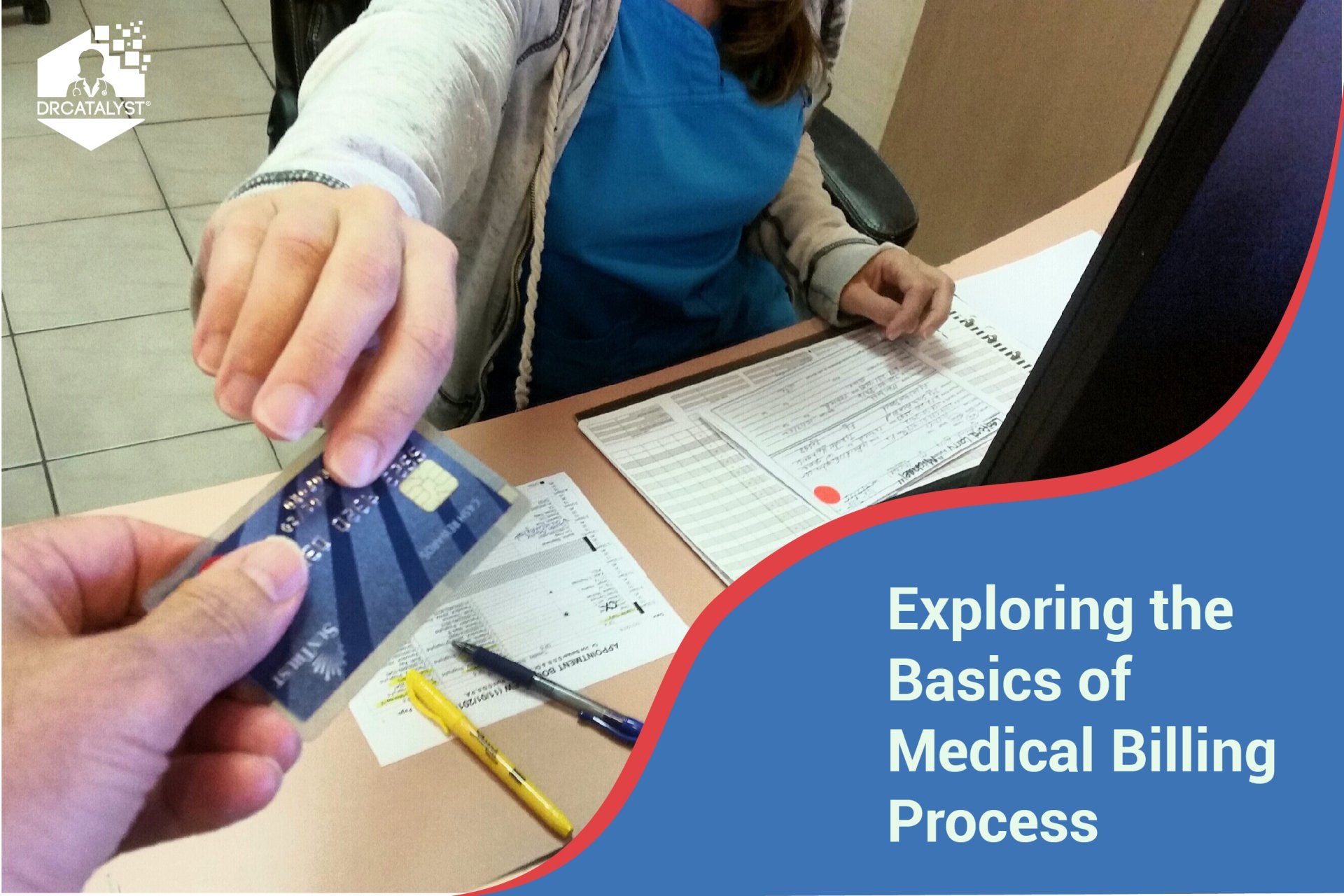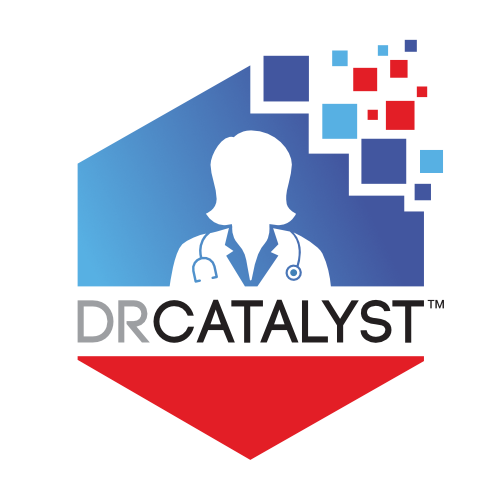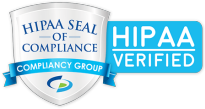Exploring the Basics of Medical Billing Process

Medical billing processes are essential in generating revenue for any healthcare organization. It needs accuracy, training & promptness, and dedication to successfully carry out the process. Read on to learn the basics of medical billing and the steps involved in the medical billing process.
What is Medical Billing?
Medical coding and billing is a specialized healthcare administration area concerned with submitting reimbursement claims by third-party payers (insurance companies). Medical billers handle this process, and they are highly trained professionals who must understand how medical insurance policies and procedures work.
They work in close collaboration with physicians, nurses, and other staff at health care facilities to ensure that they file claims correctly, on time and without errors. Medical billing specialists are also responsible for collecting from patients who do not have health insurance coverage or who may be self-paying their medical bills. The main goal of medical billing specialists is to ensure that all accounts receivables are paid in full and on time.
Effective medical claims filing is a critical component in every healthcare practice. When claims are not filed correctly, a practice loses money. An essential first step in the claims filing process is clearly understanding each insurance company's billing codes, payment requirements, and reimbursement guidelines. This step will ensure that the billing information included in the submitted claims is correct.
The Medical Billing and Coding Process
The healthcare billing process is a long and tedious process that involves many steps. It can be very time consuming and stressful for medical billing companies and medical practices alike. This is why it's crucial to understand what the steps are so that you can plan accordingly and ensure that your medical billing company is handling them correctly.
1. Collecting Patient Information
As part of the claim submission process, your office will need to collect information about the patient's visit. There are two ways to do this: manually or electronically. The information you collect is used for two purposes: to bill for services rendered and determine eligibility for payment of those services. If the data is more precise, the more likely it is that your insurance company will approve your submission quickly.
Front staff should collect the following information:
- Name
- Address
- Phone number(s)
- Birth date
- Insurance provider name and policy number (if applicable)
- Medical history information such as allergies or immunizations
2. Verifying Insurance Coverage
After collecting patient information, the next step in the medical billing process is verifying that they have insurance coverage. The first step in verifying insurance coverage is to check the patient's insurance card against their Medicare card or some other form of identification. The patient's name, address, and date of birth should be identical on both cards.
If they are not, there may be some discrepancy with either the patient's name or address. This could lead to a problem with the patient's insurance claim. You may need to contact the patient's insurance company directly or check online at their website or through an online database.
3. Documentation of Patient Encounter
This step involves recording the patients' visit, diagnosis and treatment. You also want to include any medications prescribed by your physician and all procedures, such as lab work, x-rays or any other diagnostic tests during their visit.
The purpose of documentation is to describe what happened during an encounter and why a treatment plan was chosen.
It also allows for ease in gathering information on a patient's condition over time. Patient encounters are documented in the record (either paper or electronic). Physicians or medical staff then forward it to the billing department for coding, the next step in the medical billing process.
4. Coding
Following the collection and review of all relevant documentation by both parties involved in the transaction — patient and provider — it must be coded to be processed correctly by third-party payers such as insurance companies.
The code used depends on the treatment the patient has received. Codes should be determined according to standardized codings such as CPT (Current Procedural Terminology) and ICD-10 CM (International Classification of Diseases - 10th Revision Clinical Modification).
The healthcare field uses these codes to ensure that the insurance company pays the correct amount of money for each procedure performed at your practice or hospital. Updates of these two systems usually happen annually, with new codes added to reflect doctors' new treatments or procedures within the healthcare field. Therefore, your staff must stay up-to-date on any changes made to these coding systems to continue accurately reporting services provided in their offices or hospitals.
READ:
CDC: New Diagnostic Codes Changes 2022
5. Charge Posting
This step involves entering all charges associated with a patient's service into the claims management system or electronic medical billing system so your practice can submit it to the insurance company later in the process
- Entering services provided and associated charges into your practice management software
- Creating an invoice for each patient and printing it out
This step may take place at different times depending on whether you use an electronic health records (EHR) system or not. If you have an EHR system, medical billers can do this step automatically. If not, the biller will do this manually when you receive a visit from your patient and submit their insurance information.
6. Claims Submission
The hospital or clinic sends the bill to the insurance company and/or government agencies such as Medicare and Medicaid. Medical billers can submit it electronically or on paper. The way they submit it will depend on the patient's type of coverage and what kinds of claims they are submitting.
The insurance company then forwards the claim to a clearinghouse called an "intermediary." The intermediary processes claim electronically, matches them to the information on your insurance card and sends them back to the provider. You'll need to wait for a response from your patients' insurers before moving forward with payment plans for any outstanding balances due on their bills.
7. Denial Management
If they reject some of your claims, you will have to resubmit them with different codes or documentation until they are approved. Appeals could take several months if there are problems with specific codes or documents. This means a setback in your revenue cycle.
Some may have to take legal action against them if they still reject the claim after appealing. This is the last step in the process and happens only after payers have rejected a claim. The goal is to resolve issues quickly to avoid denials or payment delays.
If your practice receives a denial notification from a payer, responding immediately is essential. This quick response will ensure that the insurance company will pay the claim correctly and on time. It will also help decrease the rejection of claims or delays due to billing errors in your practice.
8. Payment processing
Once insurance companies approve your claims, they will send checks to your practice. It takes about 30 days for an insurance company to process an insurance claim, but some take longer than others. Once these are under process, they will send back an Explanation of Benefits (EOB). An EOB shows the benefits of the patient and what their portion will be based on co-insurance or co-payments. This will give an idea of how much the patient will pay out of pocket.
You'll receive these checks and deposit them into your business bank account. Some insurance companies may require additional processing before sending out checks. This can include paying deductibles or co-payments owed by patients before sending out checks.
Partner with DrCatalyst!
A poorly managed billing system can lead to long delays in payment, which will impact your cash flow and profitability. That is why you need to find a reliable partner for all your medical billing needs. DrCatalyst's highly skilled team can handle all aspects of the medical billing and coding process, simplifying your work and allowing you to concentrate on your patients.
Partner with us today and take the first step on your road to revenue productivity! If you would like our team to review your current billing situation and discuss your options, don't hesitate to contact DrCatalyst!
Useful Links
Contact
3100 Carr 199, STE 202
San Juan, PR 00926-7660
United States
Useful Links
DrCatalyst | All Rights Reserved.
Contact
3100 Carr 199, STE 202
San Juan, PR 00926-7660
United States
Useful Links
DrCatalyst | All Rights Reserved.













